Welcome to the Photography Vocabulary page! Here you will find a comprehensive list of vocabulary related to the world of photography. Explore links to games, flashcards, and other resources to help you enhance your understanding of key terms in this field. Get ready to expand your knowledge and improve your skills in photography terminology!
Photography is the art and practice of capturing moments and images using a camera. It is a creative and expressive medium that allows individuals to share their unique perspectives with others. From portraits to landscapes, photography encompasses a wide range of subjects and styles, making it a versatile and dynamic form of art. Whether you’re a professional photographer or an amateur enthusiast, photography offers endless opportunities for creativity and self-expression.
Practice & Reinforce Your Learning
Photography Vocabulary List
Camera Equipment
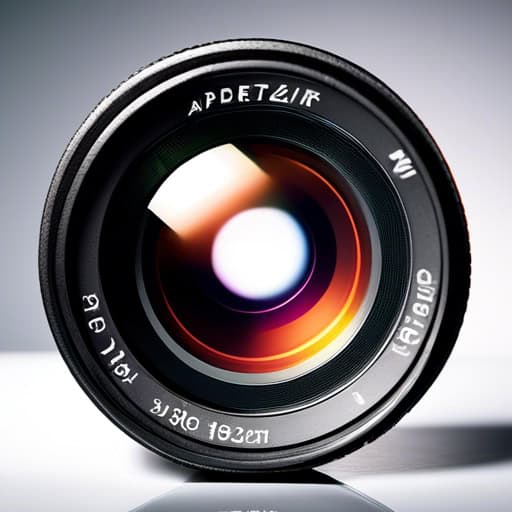
- The photographer adjusted the aperture on their camera to achieve the desired depth of field.
- A larger aperture lets in more light, creating a brighter image.
- The aperture size can also affect the sharpness and clarity of the final photograph.
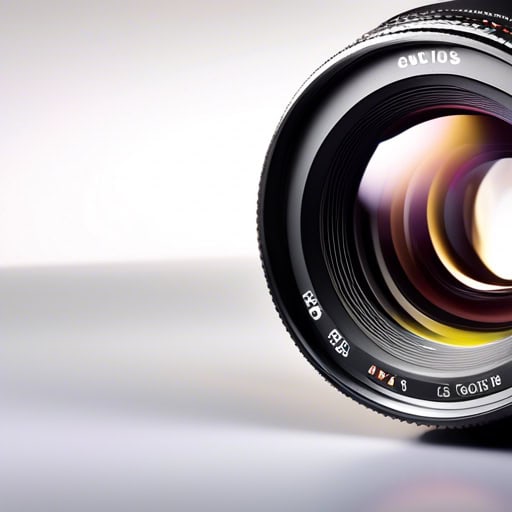
- The photographer carefully wiped the lens clean before taking the shot.
- She adjusted the zoom on the camera's lens to get a closer view of the subject.
- The microscope's lens magnified the tiny specimen, revealing intricate details.
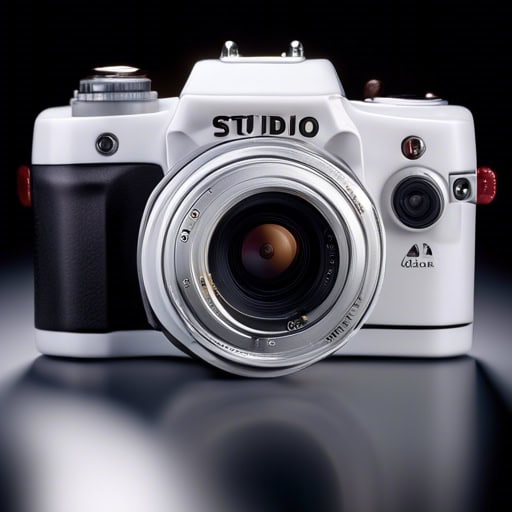
- I forgot to bring my camera to the family gathering, so I couldn't capture any memories.
- The photographer adjusted the settings on his camera to ensure the perfect shot.
- She posed in front of the camera, smiling brightly for her professional headshot.
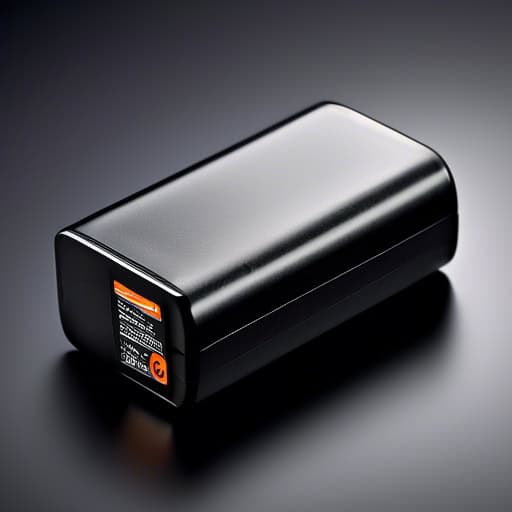
- My battery pack for my camera died halfway through the photoshoot.
- I always make sure to carry an extra battery pack with me when traveling.
- The new battery pack I purchased has a longer lifespan compared to the old one.
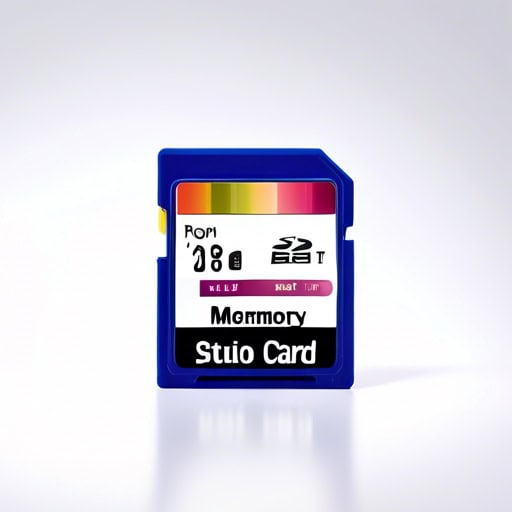
- I need to buy a new memory card for my camera because mine is full.
- Make sure to back up all the photos on your memory card before transferring them to your computer.
- The memory card got corrupted and I lost all the files stored on it.
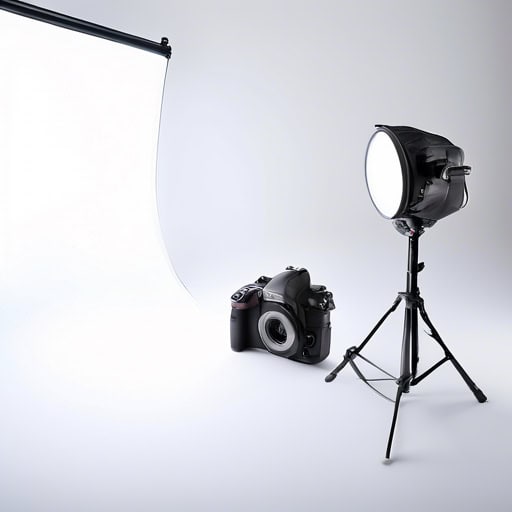
- The ISO setting on my camera was too high, resulting in a lot of noise in the final image.
- I always try to keep my ISO as low as possible to maintain image quality.
- When shooting in low light situations, I have to increase the ISO to capture clear photos.
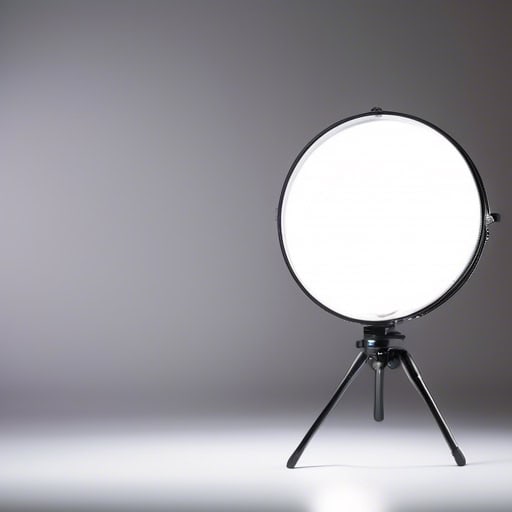
- The fast shutter speed froze the movement of the speeding car, resulting in a sharp and clear image.
- A slow shutter speed was used to create a sense of motion in the waterfall, giving the photo a dreamy and flowing effect.
- Adjusting the shutter speed allowed the photographer to capture the perfect shot of the athlete mid-jump, showcasing the dynamic movement.
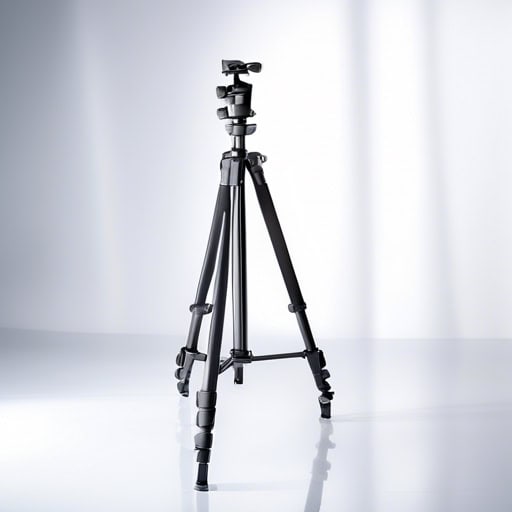
- I set up my tripod to capture a perfect shot of the sunset over the ocean.
- The tripod was adjustable, allowing me to easily change the height and angle of my camera.
- The sturdy tripod kept my camera steady even in windy conditions, ensuring clear and sharp photos.
Portrait photography

- She appreciated his candid feedback on her performance.
- The interview was conducted in a candid manner, with both parties openly discussing their thoughts and concerns.
- Her candid admission of her mistakes impressed her colleagues.
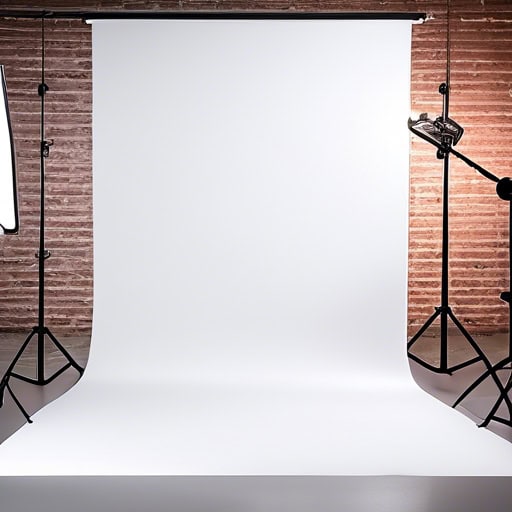
- The beautiful landscape served as a perfect backdrop for the family portrait.
- The soft, pastel colors of the backdrop enhanced the elegance of the bride's portrait.
- The plain white backdrop allowed the focus to remain solely on the subject's facial expressions.

- The retouching process involved smoothing out the subject's skin, removing blemishes, and adjusting lighting.
- After retouching the portrait, the final image looked more polished and professional.
- The photographer spent hours retouching each photo to ensure the best possible outcome.

- Her expression in the photograph was one of pure joy, her eyes sparkling with happiness.
- The artist expertly captured the subtle expressions of the model, revealing a depth of emotion in the portrait.
- His expression was stoic and unreadable, giving nothing away about his thoughts or feelings.

- She struck a confident pose, with one hand on her hip and a slight smile on her face.
- The model's elegant pose highlighted the graceful curve of her back.
- He struggled to maintain a relaxed pose during the long photoshoot.
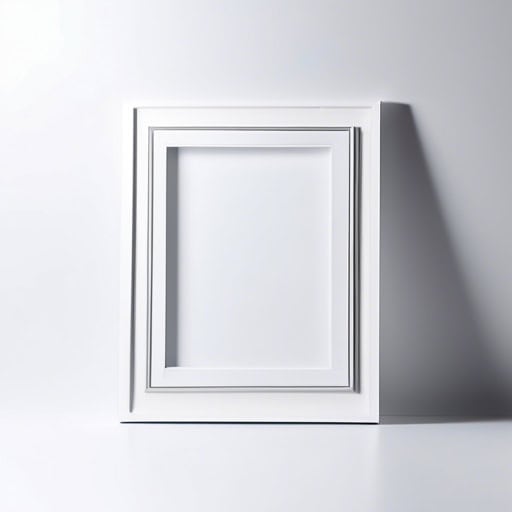
- The artist spent hours perfecting the composition of her latest painting.
- The composition of the music piece was innovative and thought-provoking.
- The photographer carefully considered the composition of the landscape before capturing the shot.
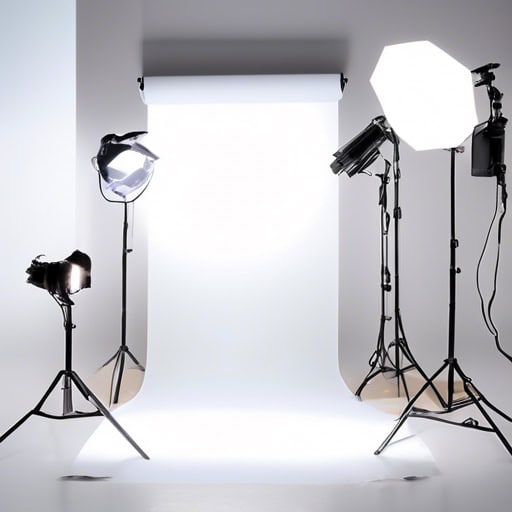
- The lighting in the studio was carefully adjusted to create a soft and flattering effect on the model's face.
- The photographer experimented with different angles and intensities of lighting to achieve the desired mood in the portrait.
- The use of natural lighting from a nearby window added a beautiful, soft glow to the subject's skin in the photograph.
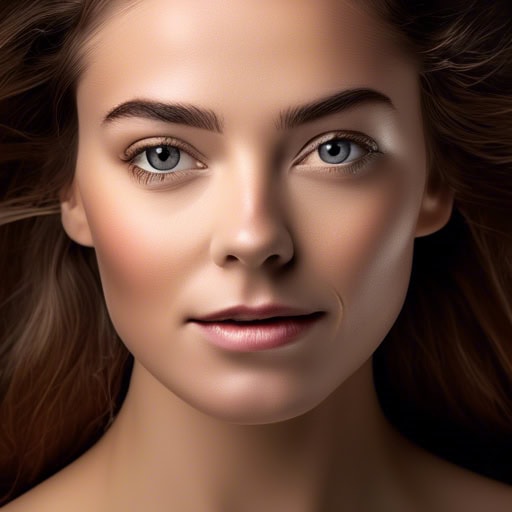
- The artist spent hours meticulously painting a detailed portrait of the young woman.
- The photographer captured the perfect portrait of the couple against a stunning sunset backdrop.
- The gallery displayed a collection of beautiful portrait paintings by local artists.
Landscape photography
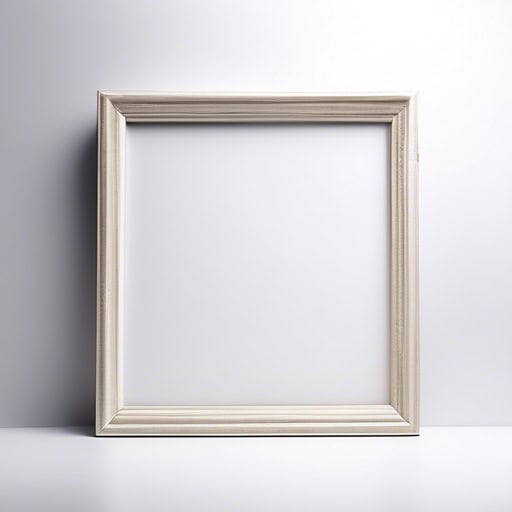
- The composition of the photograph was carefully planned to highlight the symmetry of the architecture.
- The artist's use of color and texture in the composition added depth to the painting.
- The composition of the landscape captured the beauty of nature in a harmonious way.
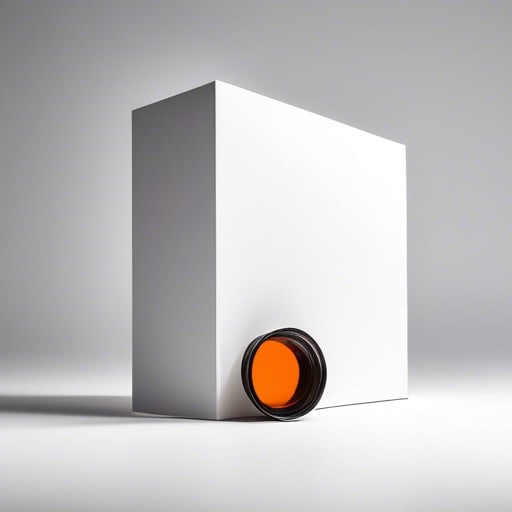
- From a higher perspective, you can see the entire cityscape spread out below you.
- Changing your perspective can completely alter the way you view a situation.
- The artist's unique perspective on nature is reflected in their stunning landscape paintings.
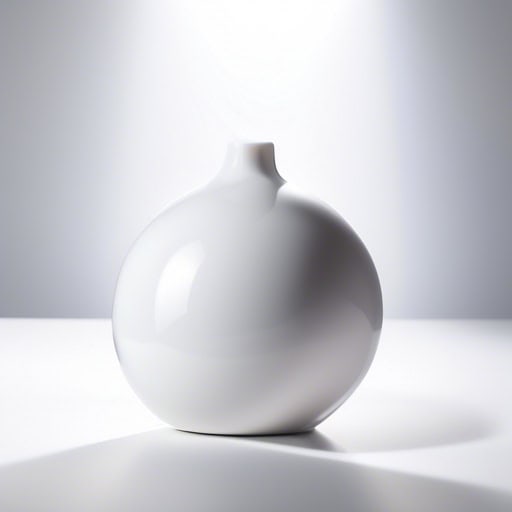
- The photographer adjusted the aperture to achieve a shallow depth of field, blurring the background and emphasizing the subject.
- In landscape photography, a deeper depth of field is often preferred to keep the entire scene sharp and in focus.
- Understanding how to control depth of field is essential for capturing stunning images with a sense of depth and dimension.

- The road in the image creates strong leading lines that draw the viewer's gaze towards the mountains in the distance.
- The converging lines of the building's architecture serve as leading lines, directing attention towards the entrance.
- The fence running diagonally across the field acts as leading lines, leading the eye towards the sunset in the background.
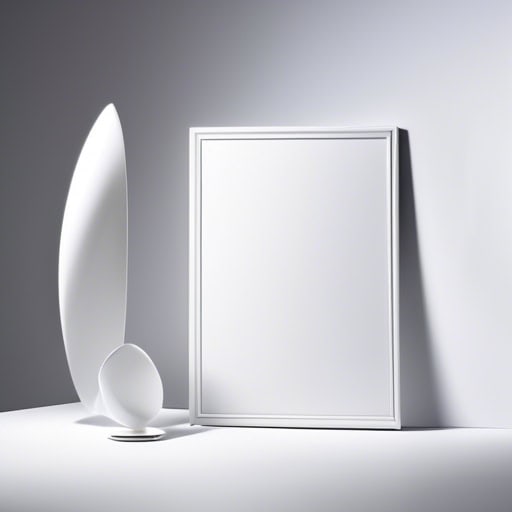
- The flowers in the foreground of the photo added a pop of color to the otherwise dull landscape.
- The mountains in the foreground of the painting were painted with intricate detail.
- The couple in the foreground of the photograph were smiling and holding hands, creating a romantic scene.
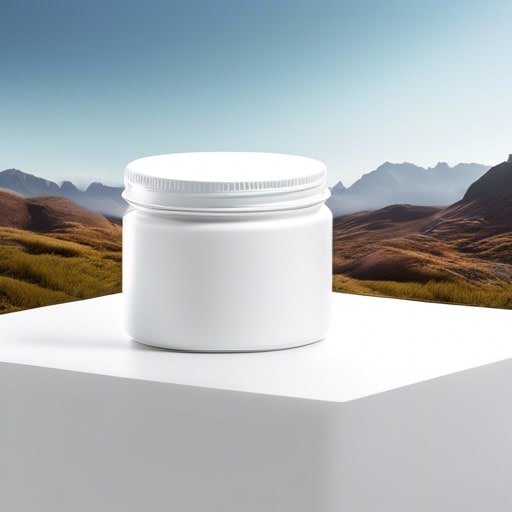
- The soft, blurred background in the landscape photo helped to emphasize the vibrant colors of the flowers in the foreground.
- The mountain range in the background provided a stunning backdrop for the picturesque lake in the foreground.
- The photographer adjusted their aperture to create a shallow depth of field, resulting in a beautifully blurred background that highlighted the details of the main subject.
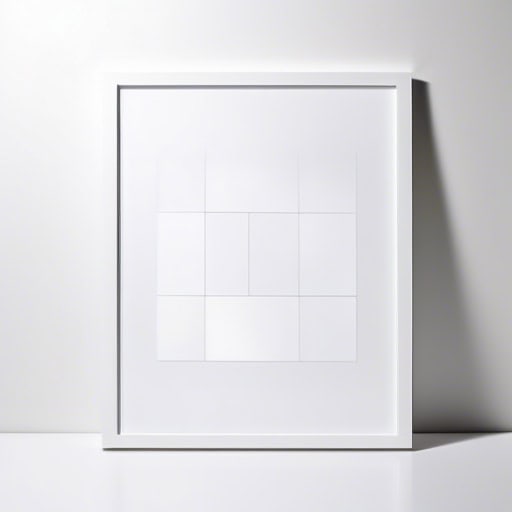
- The rule of thirds is a fundamental guideline in photography that helps create balanced and visually appealing compositions.
- By placing key elements along the lines or at the intersections of the grid, the rule of thirds can enhance the overall impact of a photograph.
- Many photographers swear by the rule of thirds as a way to bring focus and interest to their images.
Wildlife photography
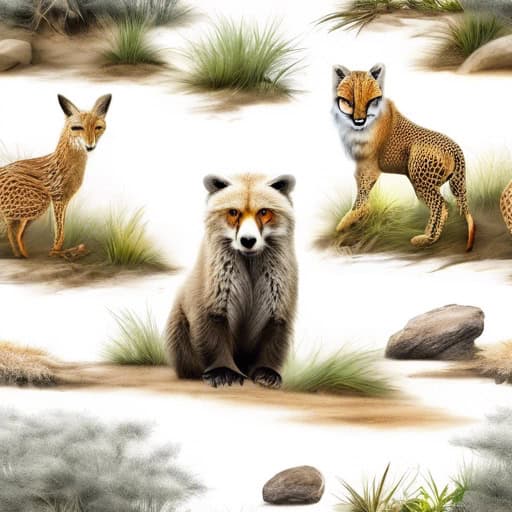
- The destruction of habitats due to deforestation is causing a decline in biodiversity.
- Conservation efforts are being made to protect endangered species and their habitats.
- Exploring different habitats around the world allows us to appreciate the beauty and complexity of nature.
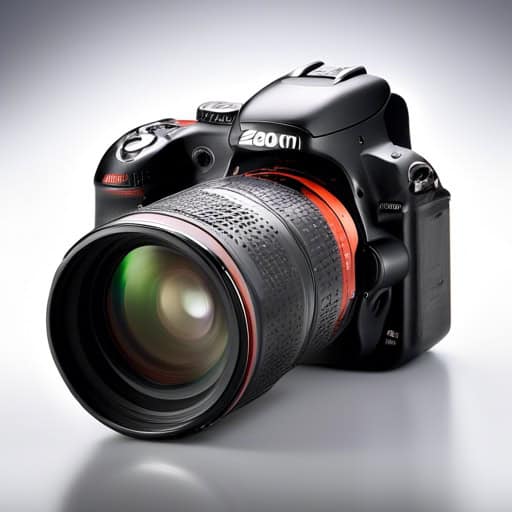
- The photographer used the zoom feature on their camera to capture a close-up shot of the bird's colorful feathers.
- After adjusting the zoom, the image of the deer grazing in the field appeared much clearer and more detailed.
- With a quick twist of the lens, the photographer was able to zoom in on the tiny butterfly perched on a flower petal.
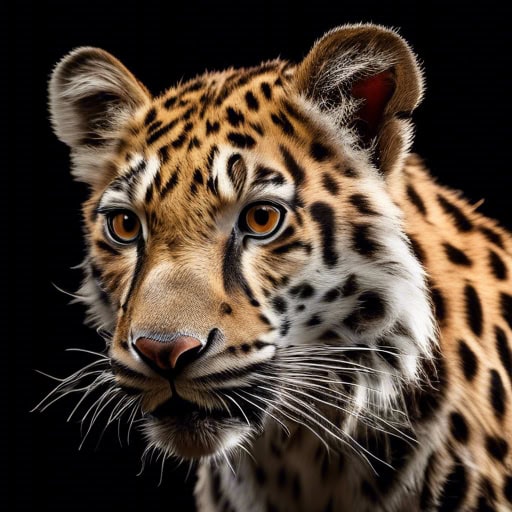
- The photographer was able to capture a stunning image of a lioness hunting in the savannah.
- It takes patience and skill to capture the perfect moment in wildlife photography.
- The goal of wildlife photographers is to capture the beauty and essence of animals in their natural environment.
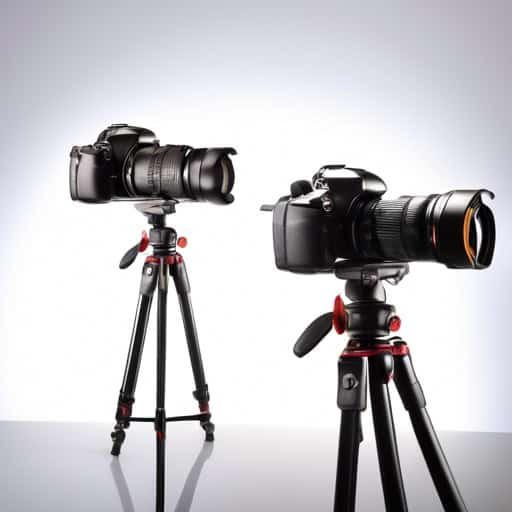
- I have always been fascinated by wildlife photography and love capturing the beauty of animals in their natural environments.
- Photography plays an essential role in conservation efforts by raising awareness of endangered species and their habitats.
- Professional wildlife photographers spend hours patiently waiting for the perfect shot, showcasing the artistry and dedication required in this field.
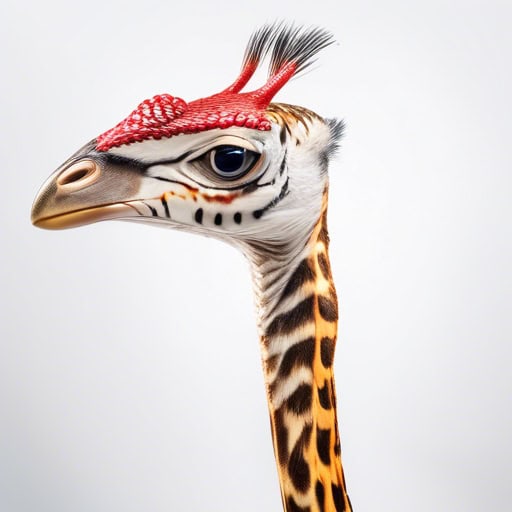
- Exploring the national park allowed us to observe a variety of wildlife in their natural environment.
- The documentary highlighted the importance of protecting wildlife and their habitats from human encroachment.
- The safari tour provided us with the opportunity to see some of Africa's most iconic wildlife up close.
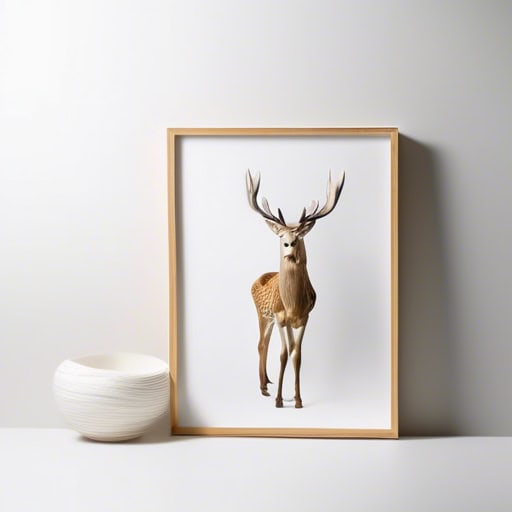
- The composition of the photograph was carefully planned to highlight the beauty of the landscape.
- She spent hours perfecting the composition of her artwork before finally feeling satisfied with the result.
- The composition of the shot captured the graceful movement of the bird in flight.
Macro photography
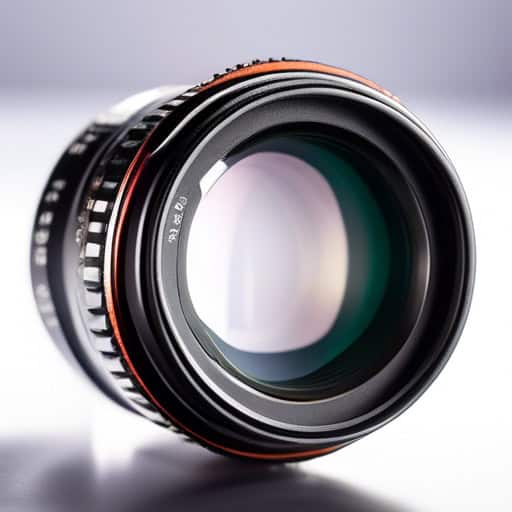
- The photographer used a macro lens to capture intricate details of the flower petals.
- With a macro lens, you can take stunning close-up shots of insects and flowers.
- I love using my macro lens to photograph tiny objects and reveal their beauty up close.
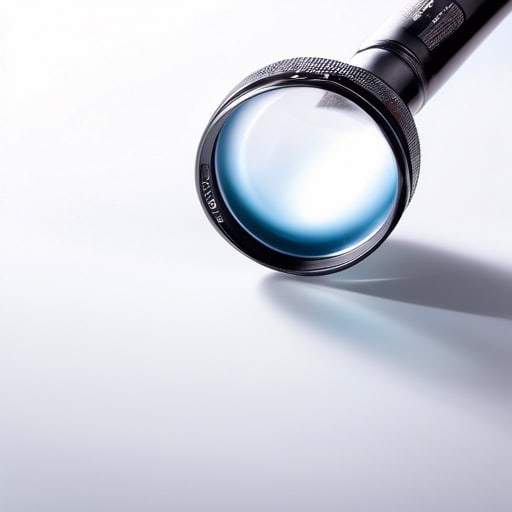
- The magnification of the tiny insect on the flower petals revealed intricate details that were not visible to the naked eye.
- Using a high-powered lens, the photographer was able to achieve a magnification of 5x to capture the fine texture of the butterfly's wings.
- The microscope allowed for a magnification of 1000x, enabling scientists to study the cellular structure of the plant sample in great detail.
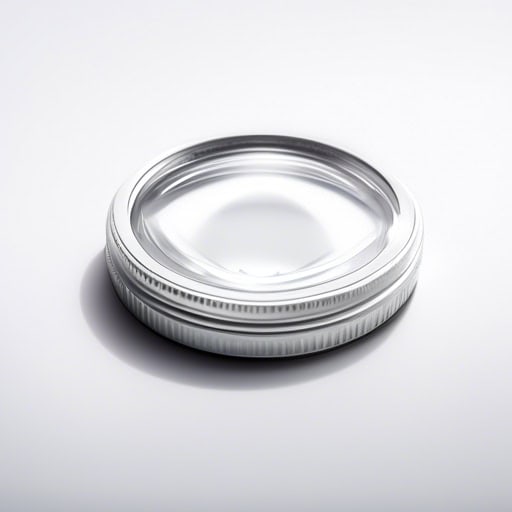
- The photographer captured a stunning close-up of a blooming flower, showcasing intricate details of the petals.
- In macro photography, a close-up shot allows the viewer to see the texture and patterns of the subject up close.
- The close-up of a butterfly resting on a leaf revealed its vibrant colors and delicate wings.

- The depth of field in this macro photograph is very shallow, only capturing a small portion of the subject in focus.
- Adjusting the aperture can help control the depth of field, allowing for more or less of the image to be sharp.
- Understanding how to manipulate the depth of field is essential for achieving stunning macro photography results.
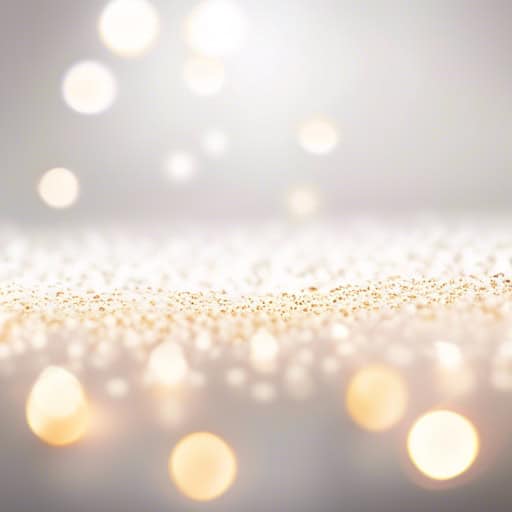
- The bokeh in this portrait really enhances the overall mood of the image.
- I love how the bokeh creates a soft, dreamy background for the subject.
- The bokeh in the background of this shot is absolutely stunning.
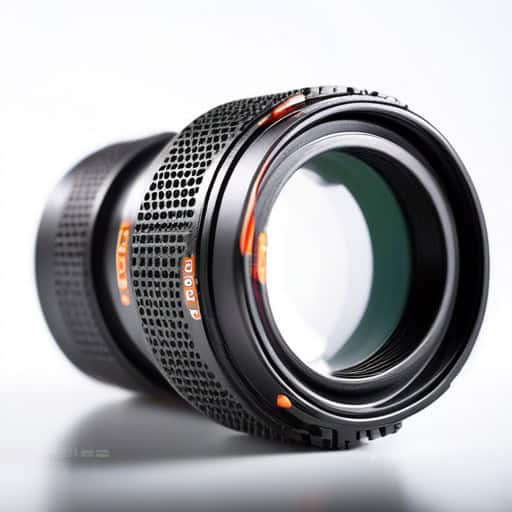
- When using extension tubes, photographers can achieve extreme close-up shots of small objects.
- Extension tubes are essential tools for capturing intricate details in nature photography.
- By adding extension tubes to a lens, photographers can magnify tiny subjects like insects or flowers.

- In order to capture a detailed macro image of a flower, I used focus stacking to combine several shots at different focal points.
- The resulting image had a much greater depth of field and sharpness than a single shot would have achieved.
- Focus stacking is a useful technique for capturing intricate details in subjects that require a larger depth of field.
Street photography
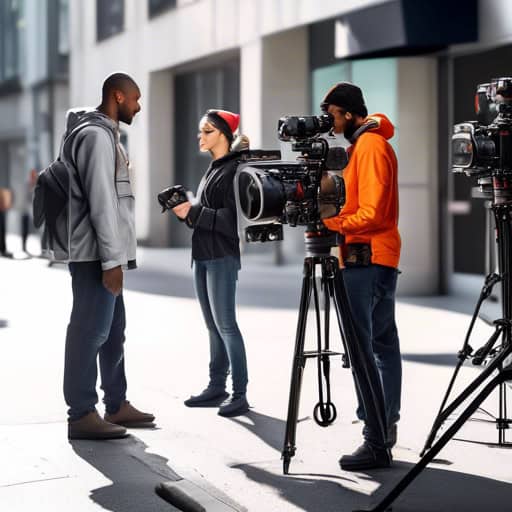
- The documentary showcased the lives of migrant workers in rural areas, shedding light on their struggles and triumphs.
- The filmmaker spent months researching and interviewing subjects for the documentary on climate change.
- The documentary crew followed the firefighters into the burning building, capturing intense and dramatic footage.
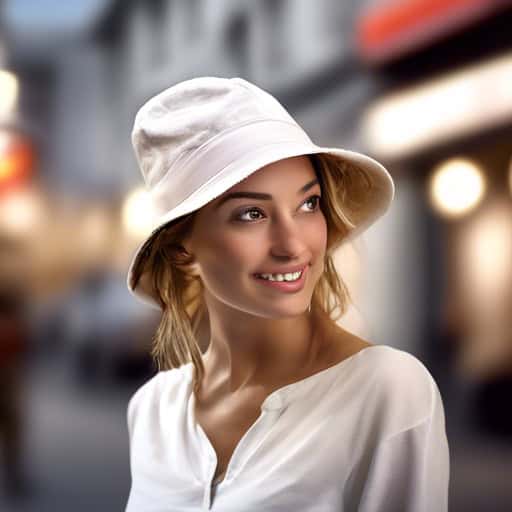
- She captured an authentic moment of a street performer interacting with passersby.
- The photojournalist's authentic style in street photography allowed her to accurately portray the essence of urban life.
- The raw and authentic emotions captured in the street photography series resonated with viewers.
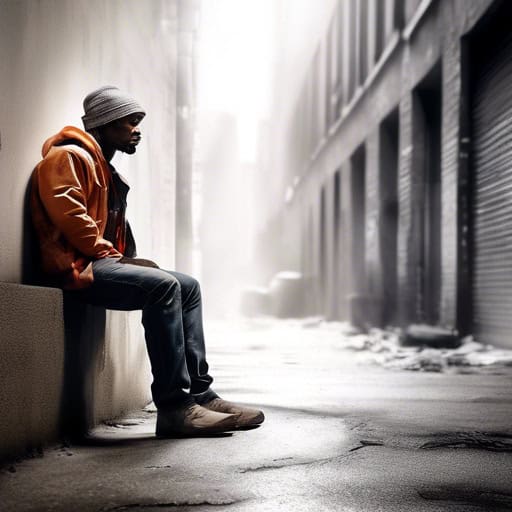
- The gritty street photography showcased the true essence of city life, capturing the raw and unfiltered moments of urban chaos.
- The photographer's gritty style emphasized the harsh realities of the city, showcasing the beauty in the imperfections of everyday life.
- The gritty images captured by the photographer conveyed a sense of authenticity and rawness that resonated with viewers on a deep level.

- The raw emotions captured in the street photography were both powerful and moving.
- The raw beauty of the city streets was evident in every unfiltered image.
- The raw authenticity of the street photography made each moment feel incredibly real.
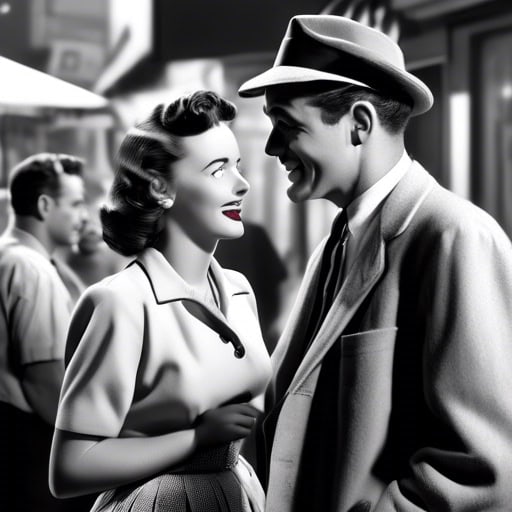
- She paused for a moment to take in the bustling city street before snapping a quick photo of a street performer.
- The photographer waited patiently for the perfect moment to capture the expression of pure joy on the child's face as they played in the fountain.
- In street photography, a single moment can tell a powerful story that resonates with viewers long after the image was taken.
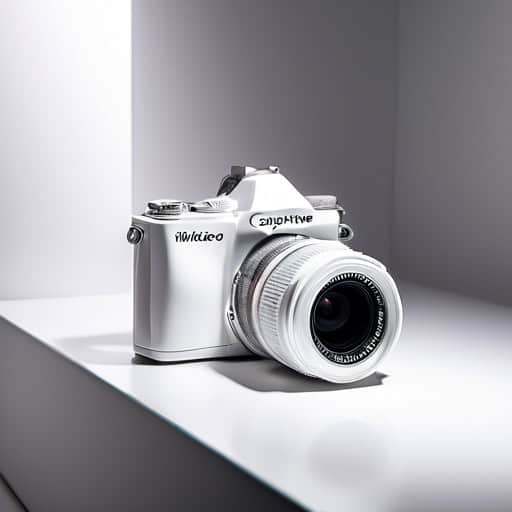
- The street photographer was determined to capture the essence of city life in his photos.
- She waited patiently for the perfect moment to capture the laughter of the children playing in the park.
- His keen eye was able to capture the raw emotion of the protest in a single shot.
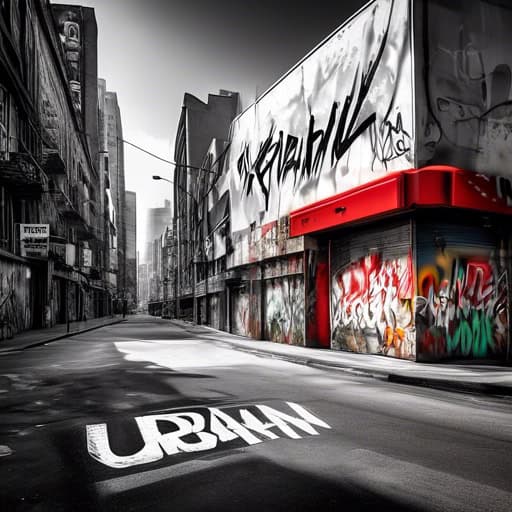
- The urban landscape was full of skyscrapers and bustling crowds.
- Street photographers often seek out unique urban scenes to capture.
- The graffiti-covered walls added a gritty urban vibe to the city streets.

- She captured a candid moment of a street performer entertaining a crowd.
- The candid expressions on the faces of the children playing in the park were priceless.
- The photographer's candid shots of city life truly captured the essence of urban living.
Fashion photography
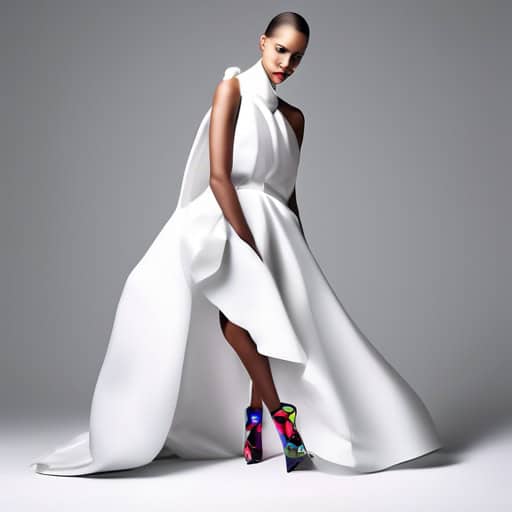
- Fashion photography plays a crucial role in promoting new clothing collections and trends.
- The fashion industry is constantly evolving, with new styles emerging each season.
- Fashion shoots often take place in glamorous locations to create a visually appealing story for viewers.

- The editorials in the latest issue of Vogue magazine showcased a stunning array of couture gowns and avant-garde accessories.
- The photographer's editorial work perfectly captured the essence of high fashion, creating a visual narrative that was both compelling and beautiful.
- Fashion editorials often push the boundaries of creativity and imagination, presenting clothing and accessories in a way that is both aspirational and inspiring.
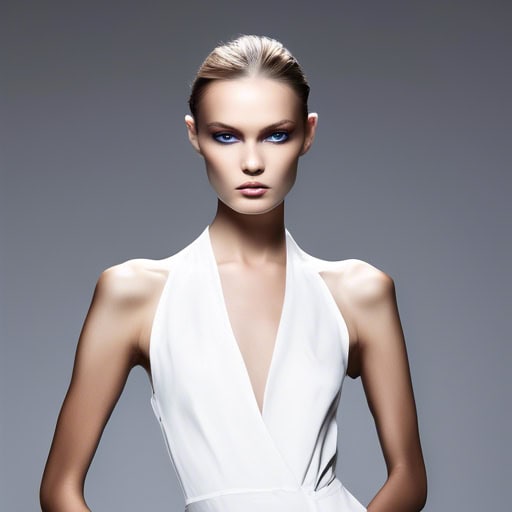
- The models walked confidently down the runway, showcasing the latest designs from top designers.
- She has worked as a model for several years, appearing in countless fashion campaigns and magazine spreads.
- The photographer carefully directed the models to strike the perfect pose for the editorial shoot.

- Her couture gown was intricately designed with hand-sewn embellishments and luxurious fabrics.
- The fashion photographer captured the intricate details of the couture collection in a stunning editorial spread.
- The model strutted down the runway in a breathtaking couture creation, turning heads with every step.
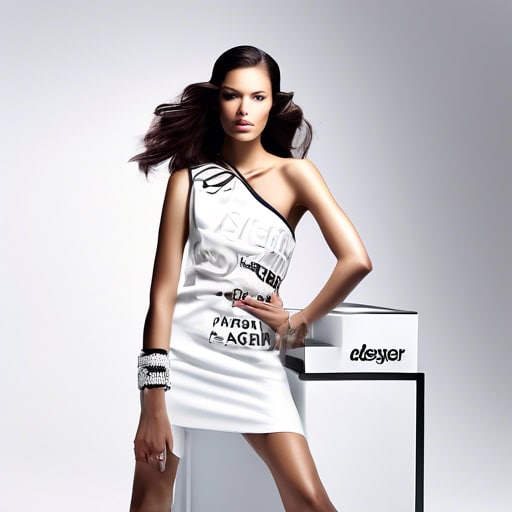
- The designer presented their latest collection at New York Fashion Week.
- She hired a talented designer to create a custom wedding dress.
- The fashion magazine featured an interview with a renowned designer.
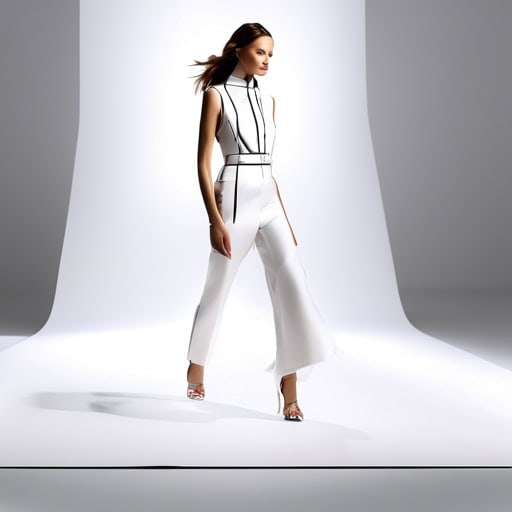
- The runway was filled with anticipation as the models prepared to strut their stuff.
- The designer's latest collection made a stunning debut on the runway.
- The lights dimmed as the first model stepped onto the runway, setting the stage for an unforgettable show.

- The fashion show was filled with glamour as the models strutted down the runway in elegant designer gowns.
- She exuded glamour in her stunning red carpet look, complete with diamonds and a sleek updo.
- The photographer captured the essence of old Hollywood glamour in the black and white editorial shoot.
Quick Facts
- Photography was invented in the early 19th century, with the first permanent photograph taken in 1826 by Joseph Nicéphore Niépce.
- The word “photography” comes from the Greek words “phōtos” (light) and “graphé” (drawing), meaning “drawing with light.”
- The most expensive photograph ever sold was “Rhein II” by Andreas Gursky, which sold for $4.3 million in 2011.
- The first digital camera was invented by Steven Sasson in 1975, weighing 8 pounds and recording black and white images onto a cassette tape.
- Photography has been used for scientific purposes, such as capturing images of space, documenting archaeological findings, and assisting in medical research.
